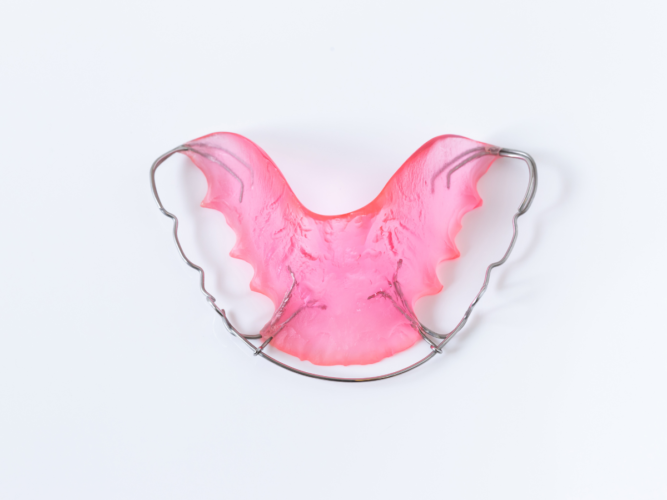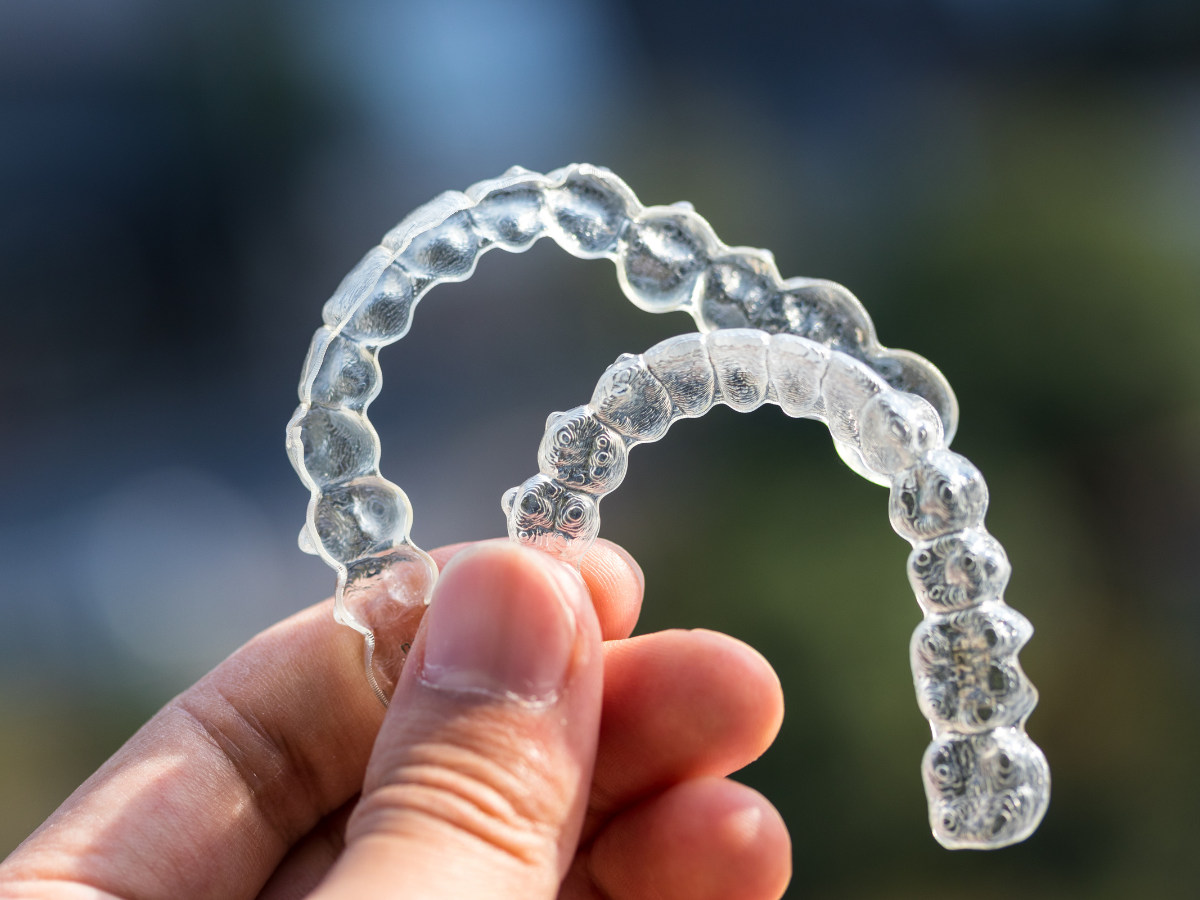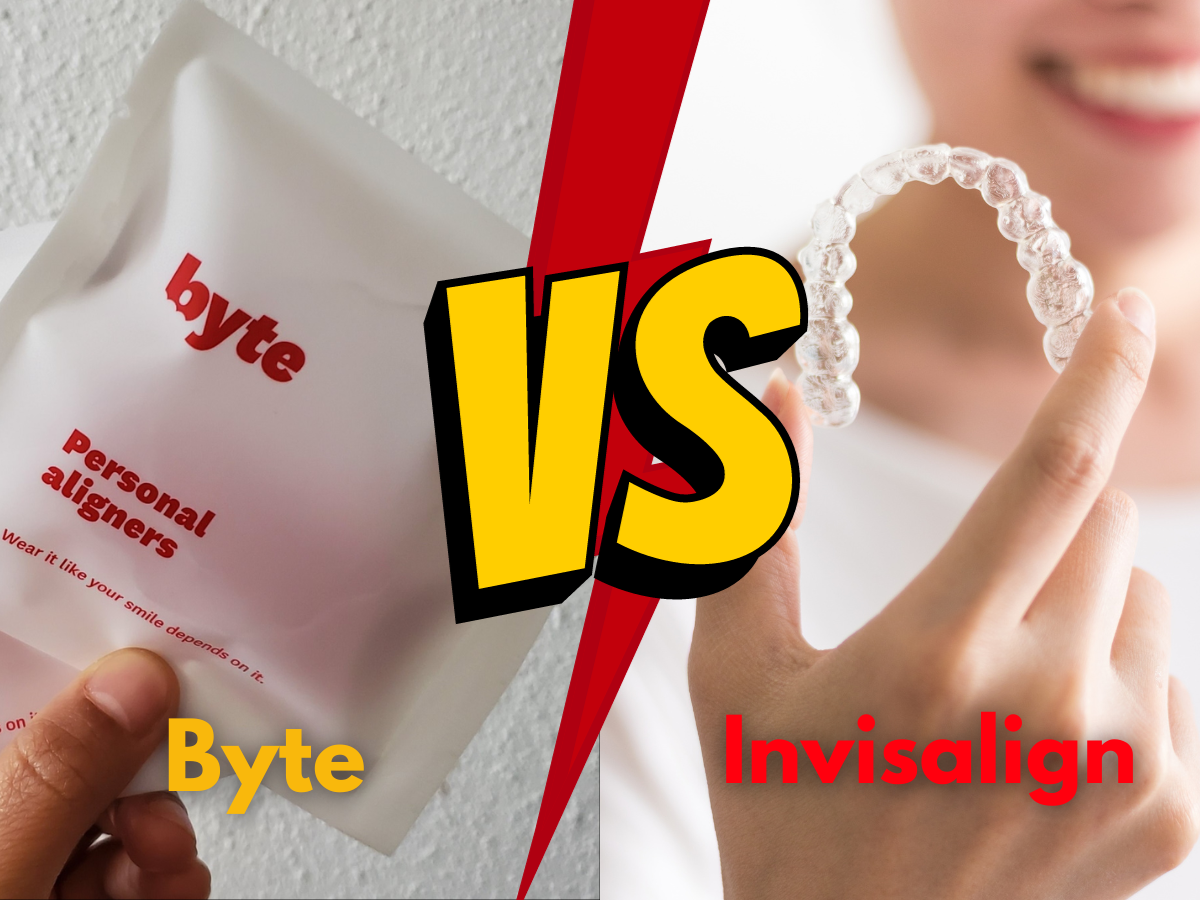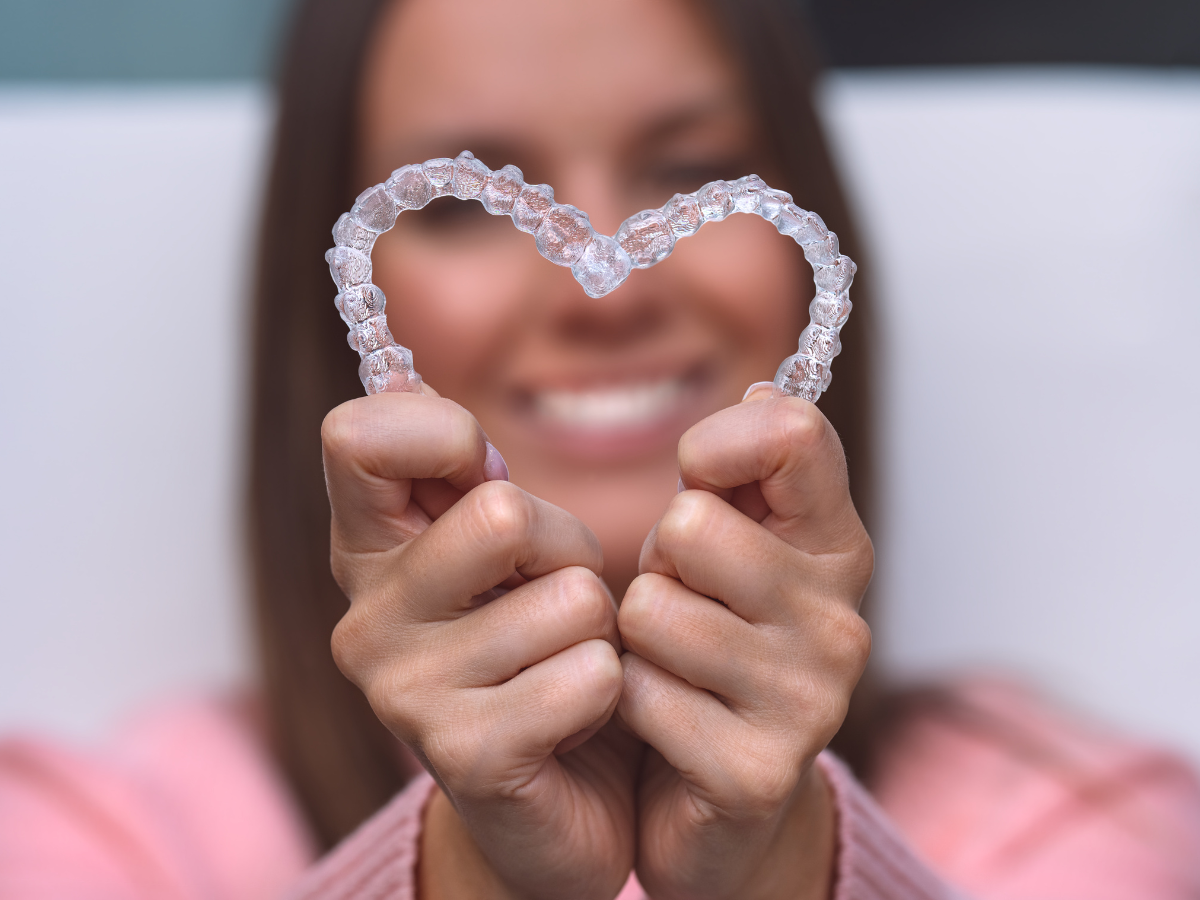Orthodontic treatment is a journey that many individuals embark on to achieve a beautifully aligned smile. When we think of orthodontics, we often picture braces, aligners, and the process of teeth straightening. However, there is a crucial element of orthodontic treatment that deserves more attention – retainers. These unassuming devices play a vital role in maintaining the results of teeth straightening. In this comprehensive blog, we will delve deep into the world of retainers for teeth, exploring their types, importance, and the science behind their effectiveness.
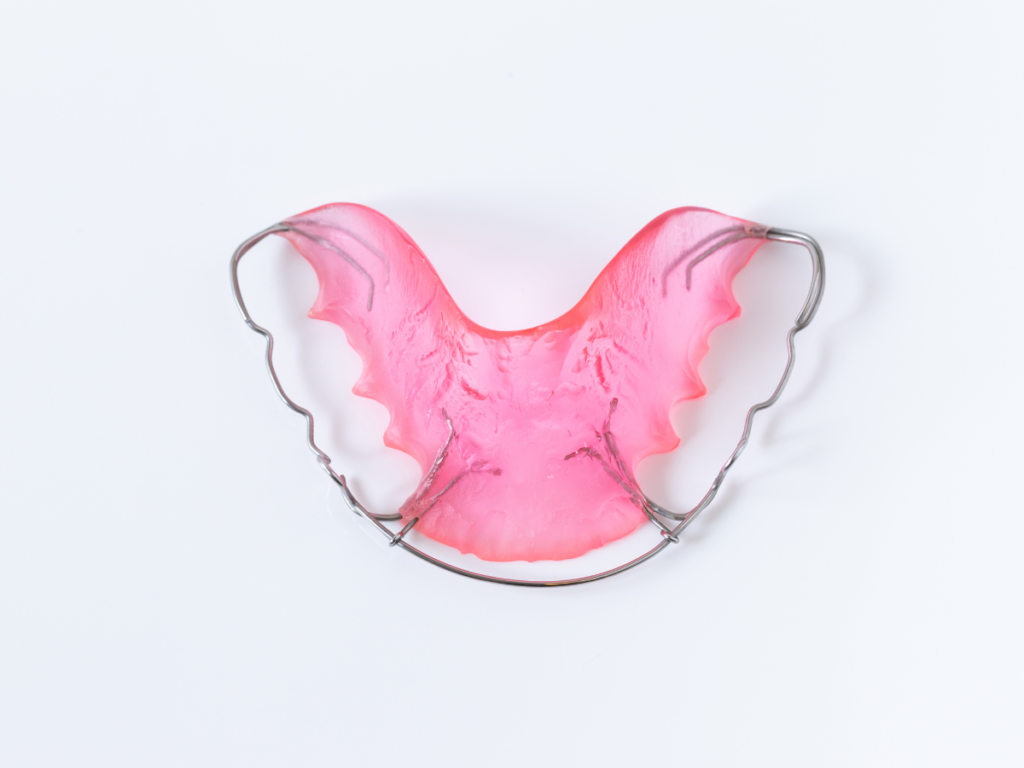
The Basics of Retainers: What Are They?
Retainers are orthodontic appliances designed to retain the alignment of teeth. They are typically used following the completion of braces or Invisalign treatment. While the primary goal of orthodontic treatment is to move teeth into their desired positions, retainers ensure that these positions are maintained over time.
Types of Retainers
There are three main types of retainers that orthodontic patients may use. Let’s take a closer look at each of them:
- Hawley Retainers: Hawley retainers are the traditional option. They are made of plastic or acrylic and have a wire that is customized to fit the contours of your mouth. These retainers are known for their durability and effectiveness. However, some patients may find them noticeable and experience initial speech disruptions, which tend to improve as they get accustomed to wearing them.
- Clear or “Essix” Retainers: Clear retainers are made of clear, molded plastic, making them less noticeable than Hawley retainers. While they are not as durable, some patients prefer them due to their discreet appearance, similar to Invisalign aligners.
- Permanent Retainers: Permanent retainers, also known as bonded or fixed retainers, are attached to the back of the front teeth. Orthodontists may recommend using a permanent retainer for a few weeks before transitioning to another type. These retainers are effective and invisible but can occasionally cause discomfort.
The Role of Retainers: Why Are They Important?
Retainers are the final phase of orthodontic treatment. Once you have invested time and effort into achieving the desired alignment of your teeth, retainers play a critical role in preserving that outcome. Here’s why they are so important:
- Maintaining the Results: The primary purpose of retainers is to ensure that your teeth do not return to their original positions. Teeth have a natural tendency to revert to their pre-treatment alignment. Retainers prevent this regression, maintaining the results of orthodontic treatment.
- Long-Term Stability: Orthodontic treatment is an investment in your smile, and you want the results to last a lifetime. By wearing retainers, often only at night, you contribute to the long-term stability of your teeth’s alignment.
- Preserving Your Investment: Braces or aligners require time, effort, and financial investment. Refrain from using retainers as prescribed to undo months of progress and investment.
- Post-Treatment Adjustment: Retainers may also be part of the orthodontic treatment plan to fine-tune the alignment after the initial treatment. They ensure that any minor shifts are corrected.
How to Care for Your Retainers
Caring for your retainers is essential to ensure their effectiveness and longevity. Here are some tips for proper retainer care:
• Clean them regularly: Like your teeth, retainers can accumulate plaque and bacteria. Clean them daily with a gentle brush and mild soap or orthodontic cleaner.
• Exercise caution: Retainers are fragile, so handle them gently when inserting or removing them to prevent any potential damage.
• Ensure proper storage: Whenever your retainers are not in use, store them in their designated case to safeguard against damage or misplacement.
• Abide by your orthodontist’s guidance: Comply with the recommended wearing schedule and maintenance instructions provided by your orthodontist.
The Transition from Orthodontic Treatment to Retainers
Transitioning from braces or aligners to retainers is a significant step in your orthodontic journey. It’s crucial to understand the process and importance of this shift. Orthodontists typically guide patients through this transition by providing clear instructions on when and how to use their retainers.
Potential Challenges with Retainers
While retainers are essential for maintaining a beautiful smile, they can face some challenges. Here are a few common issues that patients may encounter:
Initial Discomfort: It’s not uncommon for patients to experience initial discomfort when wearing a retainer, particularly with Hawley retainers. This discomfort often subsides as you become accustomed to wearing them.
Speech Changes: Some patients may notice changes in their speech when wearing certain types of retainers. These changes are usually temporary and improve with time.
Maintenance: Retainers require regular cleaning and care. Neglecting their maintenance can lead to hygiene issues and affect their effectiveness.
Conclusion
Retainers are an integral component of orthodontic care, indispensable for preserving the alignment of recently straightened teeth. Although they may appear inconspicuous, their role is pivotal in safeguarding the enduring outcomes of orthodontic therapy. By gaining insights into the diverse retainer types, their importance, and proper maintenance, you can uphold the success of your orthodontic journey. Hence, remember that retainers are the linchpin for maintaining a durable and self-assured smile.
Also read “ “HOW TO CLEAN INVISALIGN PROPERLY” Blog
